Bobby Mercer - Junk Drawer Physics: 50 Awesome Experiments That Dont Cost a Thing
Here you can read online Bobby Mercer - Junk Drawer Physics: 50 Awesome Experiments That Dont Cost a Thing full text of the book (entire story) in english for free. Download pdf and epub, get meaning, cover and reviews about this ebook. year: 2014, publisher: Chicago Review Press, genre: Children. Description of the work, (preface) as well as reviews are available. Best literature library LitArk.com created for fans of good reading and offers a wide selection of genres:
Romance novel
Science fiction
Adventure
Detective
Science
History
Home and family
Prose
Art
Politics
Computer
Non-fiction
Religion
Business
Children
Humor
Choose a favorite category and find really read worthwhile books. Enjoy immersion in the world of imagination, feel the emotions of the characters or learn something new for yourself, make an fascinating discovery.
- Book:Junk Drawer Physics: 50 Awesome Experiments That Dont Cost a Thing
- Author:
- Publisher:Chicago Review Press
- Genre:
- Year:2014
- Rating:4 / 5
- Favourites:Add to favourites
- Your mark:
Junk Drawer Physics: 50 Awesome Experiments That Dont Cost a Thing: summary, description and annotation
We offer to read an annotation, description, summary or preface (depends on what the author of the book "Junk Drawer Physics: 50 Awesome Experiments That Dont Cost a Thing" wrote himself). If you haven't found the necessary information about the book — write in the comments, we will try to find it.
A childrens instructional book on how to use readily available materials to turn the house into a science lab
Physics teacher Bobby Mercer provides readers with more than 50 great hands-on experiments that can be performed for just pennies, or less. Turn a plastic cup into a pinhole camera using waxed paper, a rubber band, and a thumbtack. Build a swinging wave machine using a series of washers suspended on strings from a yardstick. Or construct your own planetarium from an empty potato chip canister, construction paper, scissors, and a pin. Each project has a materials list, detailed step-by-step instructions with illustrations, and a brief explanation of the scientific principle being demonstrated. Junk Drawer Physics also includes sidebars of fascinating physics facts, such as did you know the Eiffel Tower is six inches taller in summer than in winter because its steel structure expands in the heat? Educators and parents will find this title a handy resource to teach children about physics topics that include magnetism, electricity, force, motion, light, energy, sound, and more, and have fun at the same time.
Bobby Mercer: author's other books
Who wrote Junk Drawer Physics: 50 Awesome Experiments That Dont Cost a Thing? Find out the surname, the name of the author of the book and a list of all author's works by series.

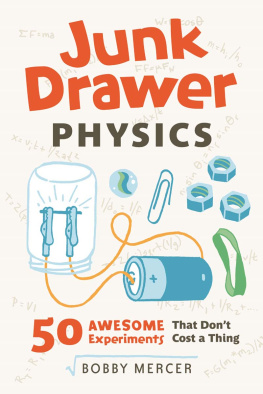
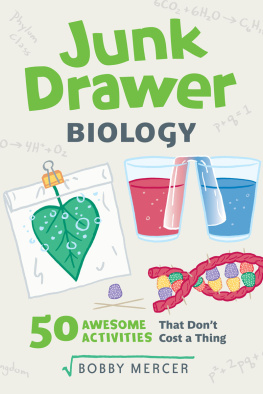
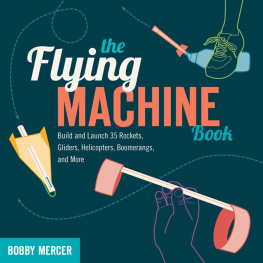
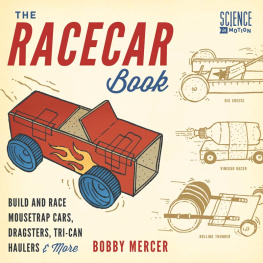

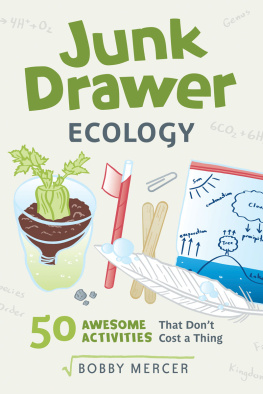


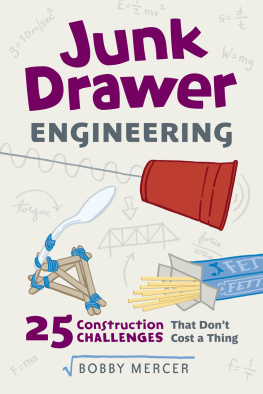
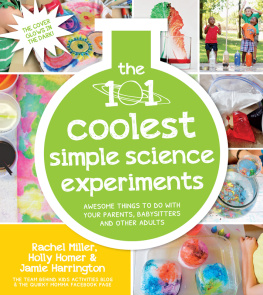



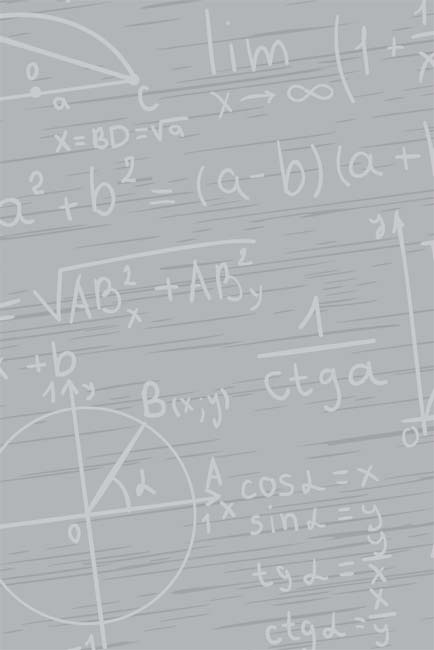
 Old CD
Old CD






